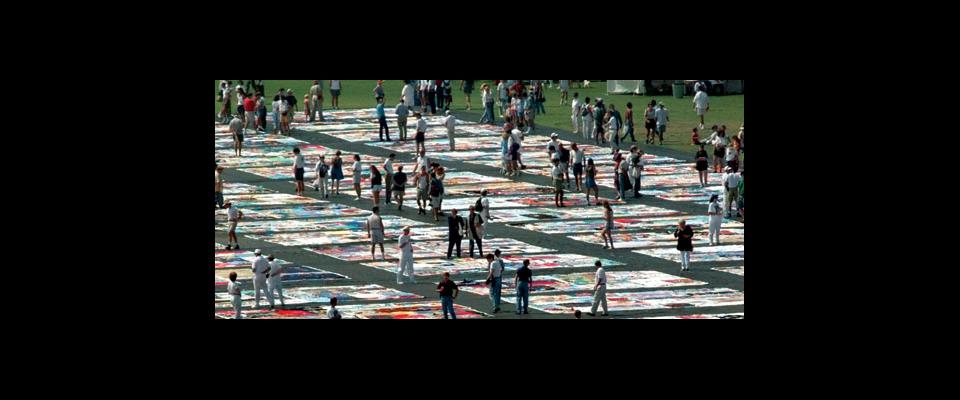One of the more appalling and less talked about aspects of the American AIDS epidemic is how hard it has hit African Americans. According to Sonja Mackenzie, author of the new book Structural Intimacies: Sexual Stories in the Black AIDS Epidemic, the epidemic has disproportionately affected black America nearly from the start. Mackenzie, who received both a bachelor’s degree in 1996 and a doctorate in public health in 2008 from Berkeley and is now at the Health Equity Institute of SF State University, says that in the first year the CDC started tracking the AIDS epidemic, back in 1981, 25 percent of all cases diagnosed were in black Americans.
By 2010, the figure, according to the Centers for Disease Control, had risen to forty-four percent. The total population of African Americans in the United States is 13 percent, meaning that they are eight times more likely to contract HIV than white Americans.
But perhaps the most terrifying statistic is this: One in sixteen black American men will be infected by HIV in their lifetimes. If HIV were a cancer, it would be the third most prevalent cancer among African-American men. One in 32 African-American women will contract HIV.
Mackenzie says that the largest part of the story of AIDS in black America is how it’s been fueled by structural inequalities — basically, racism and its fallout of lower employment opportunities, higher incarceration rates, fewer community services, segregation and poverty. Such inequalities, along with staggering rates of infection, have engendered conspiracy theories, which she documents in her book, in black communities. There are two basic types of HIV/AIDS conspiracy theories, Mackenzie says, those of intention — that the disease was created and introduced into certain populations — and conspiracies of neglect — that the government has done little to combat the epidemic in African-American communities.
Interestingly, Mackenzie says, these theories don’t supplant basic knowledge of HIV prevention.
“People can sit there and say, ‘I know exactly how HIV is transmitted and exactly what I need to do to protect myself,’ and then in the next sentence say that they know HIV was created by the government.”
Mackenzie adds that until recently, the main focus of the fight against AIDS has been on changing personal behaviors. It wasn’t until 2010, she says, that the U.S. developed a national plan to fight HIV/AIDS, a plan that she says focuses on the systemic, social and racial forces that drive the epidemic.
“The question is, do we have the will to act on that and create preventions and interventions that address these structural inequalities?”




















